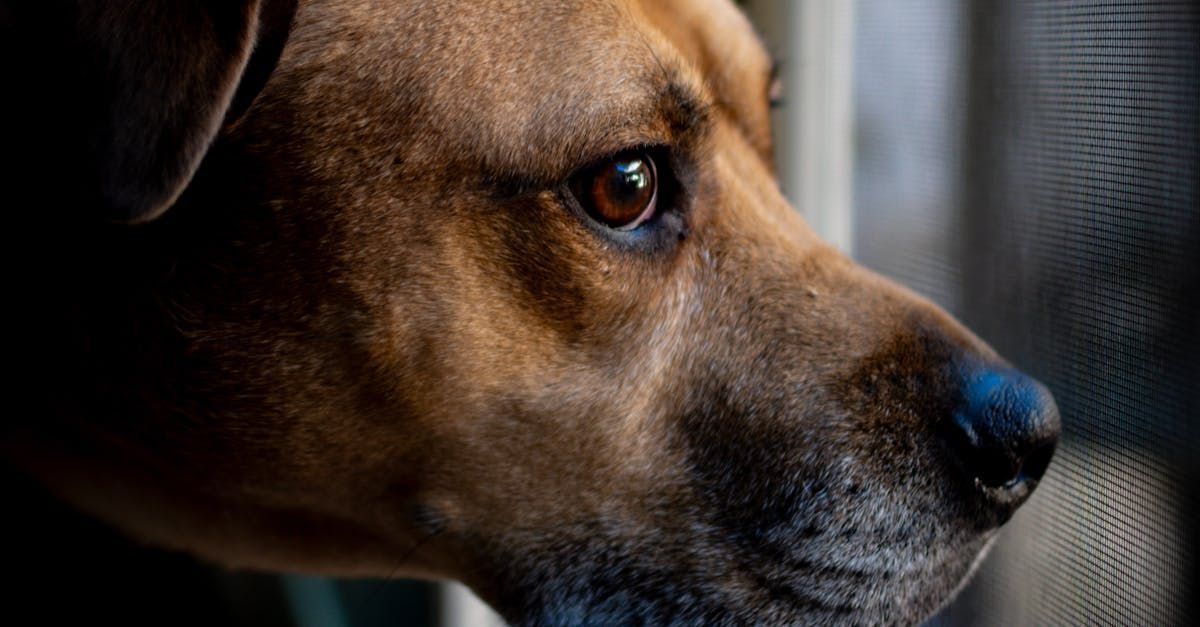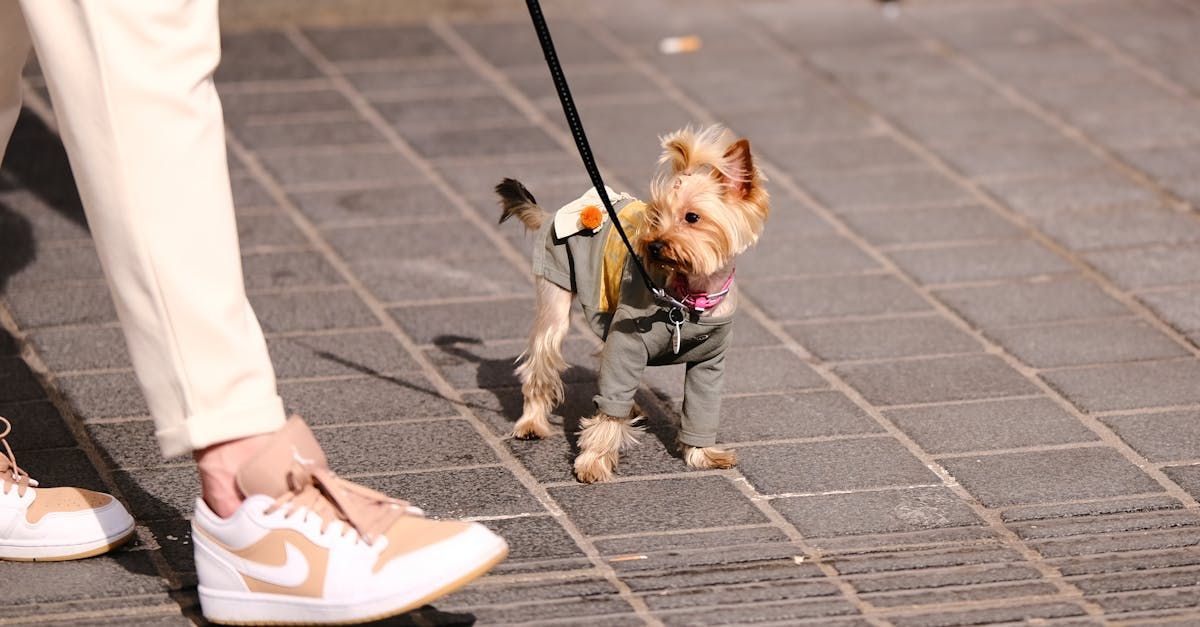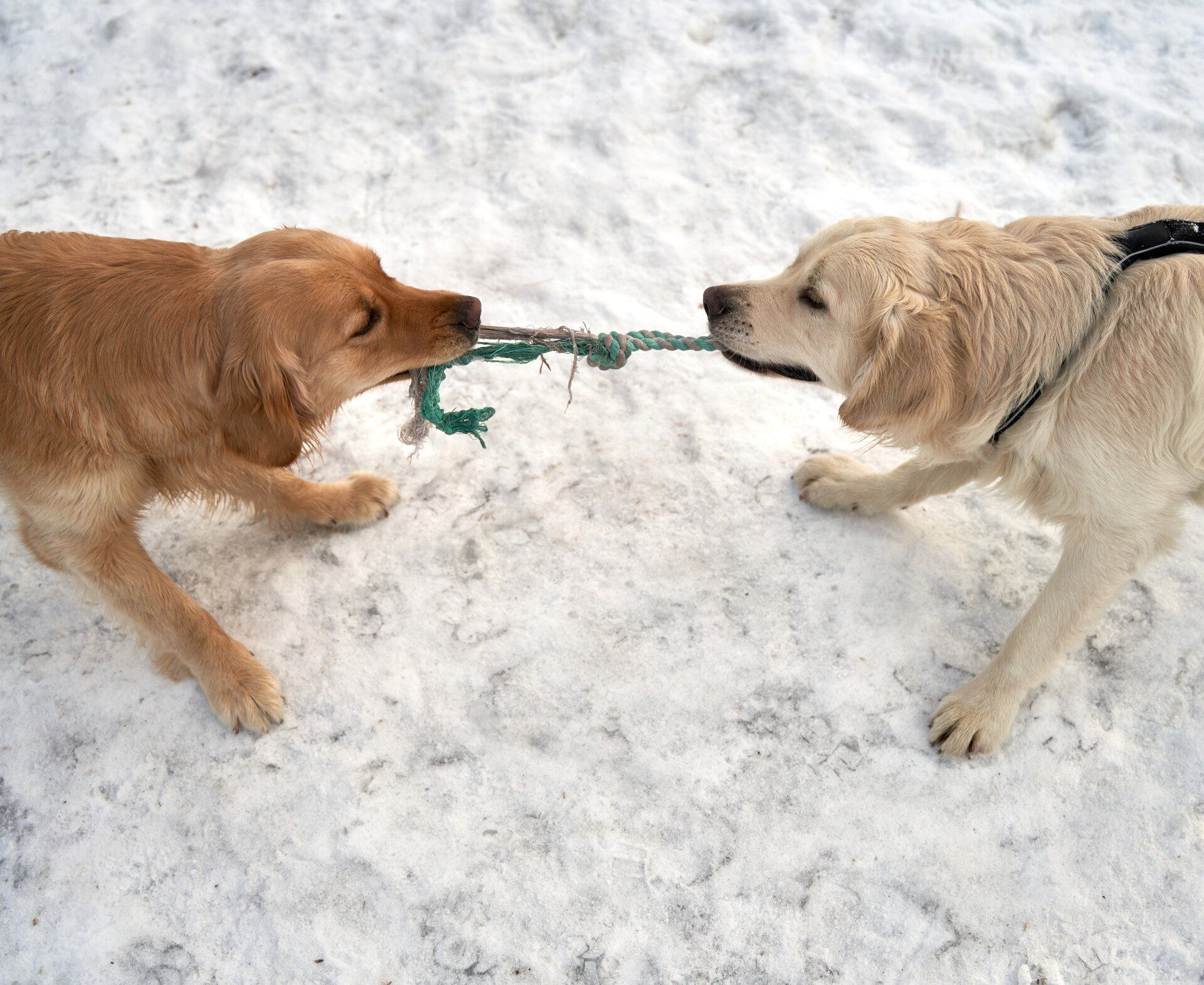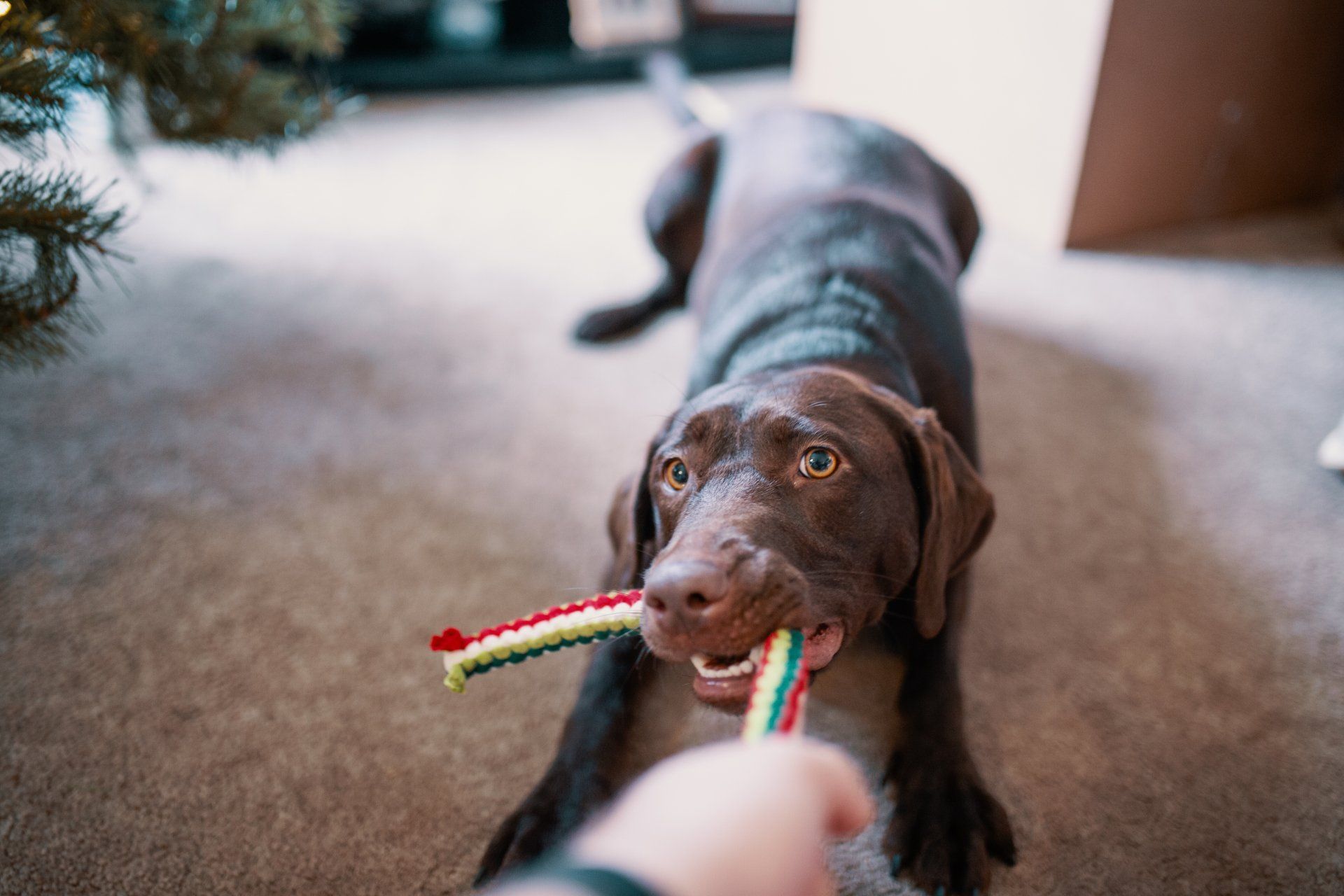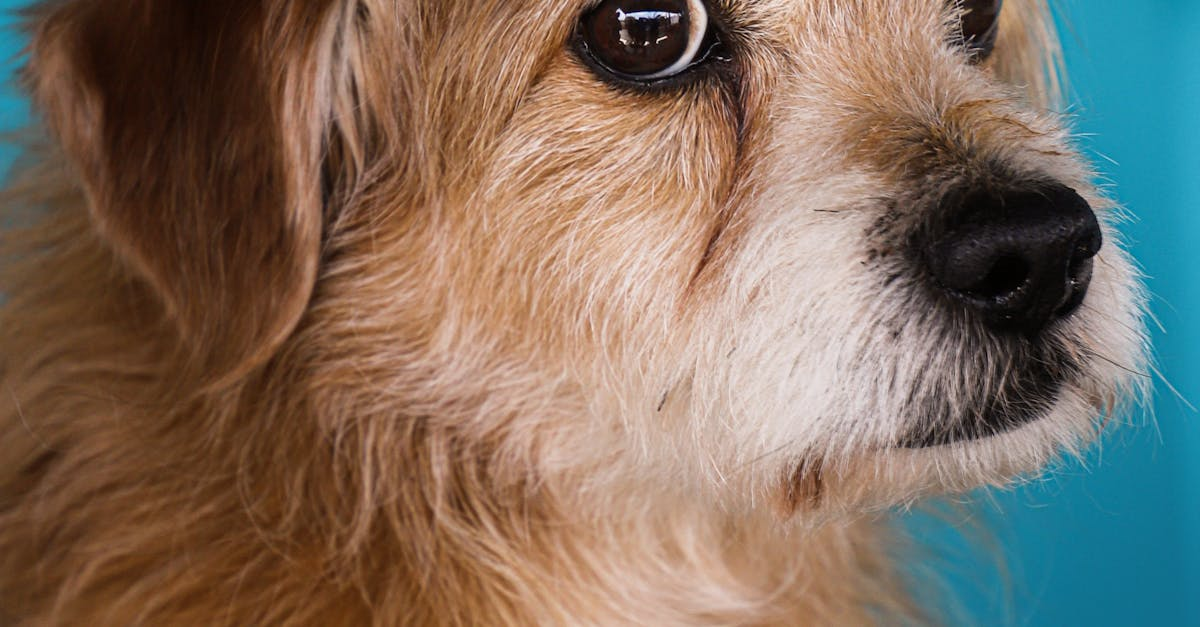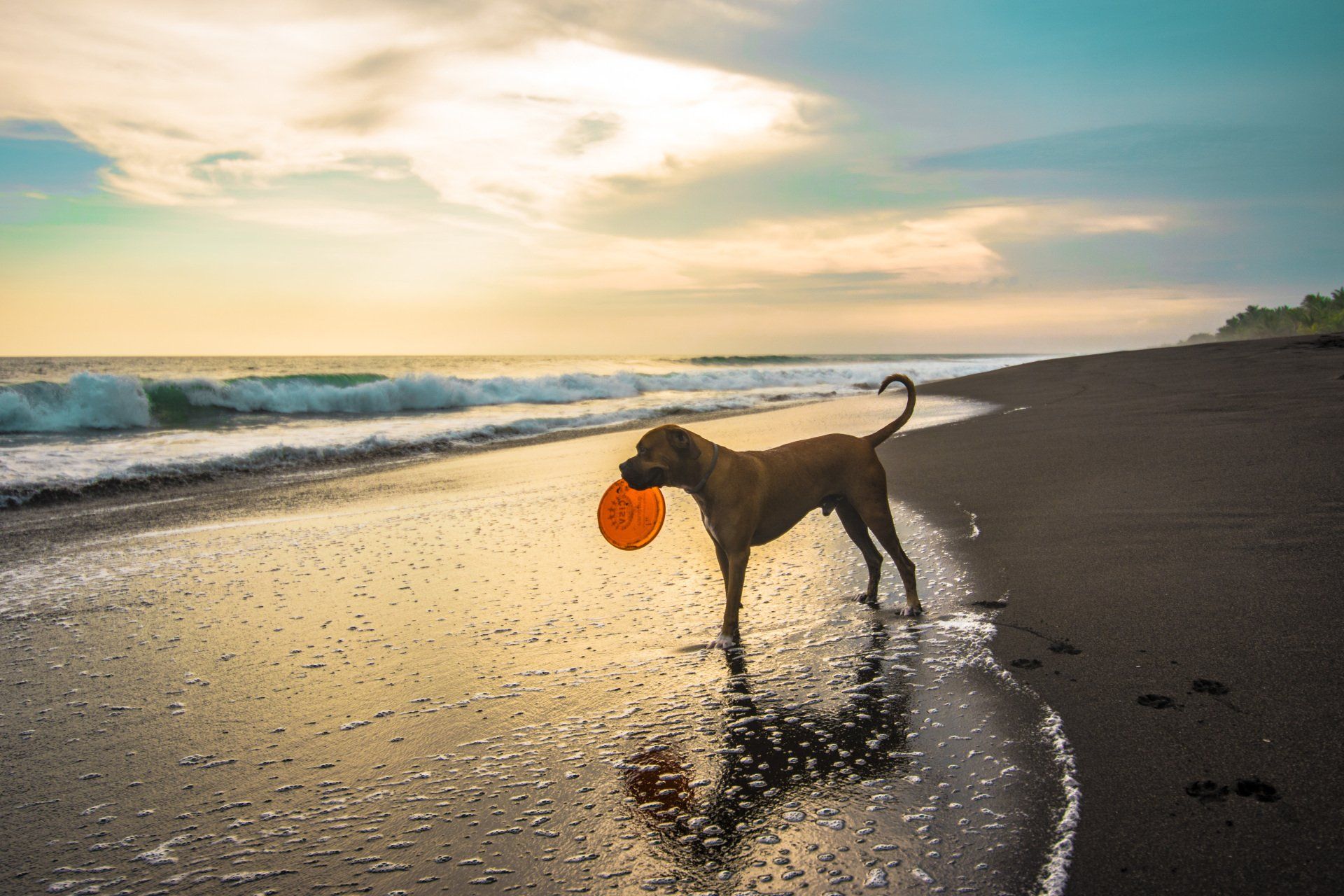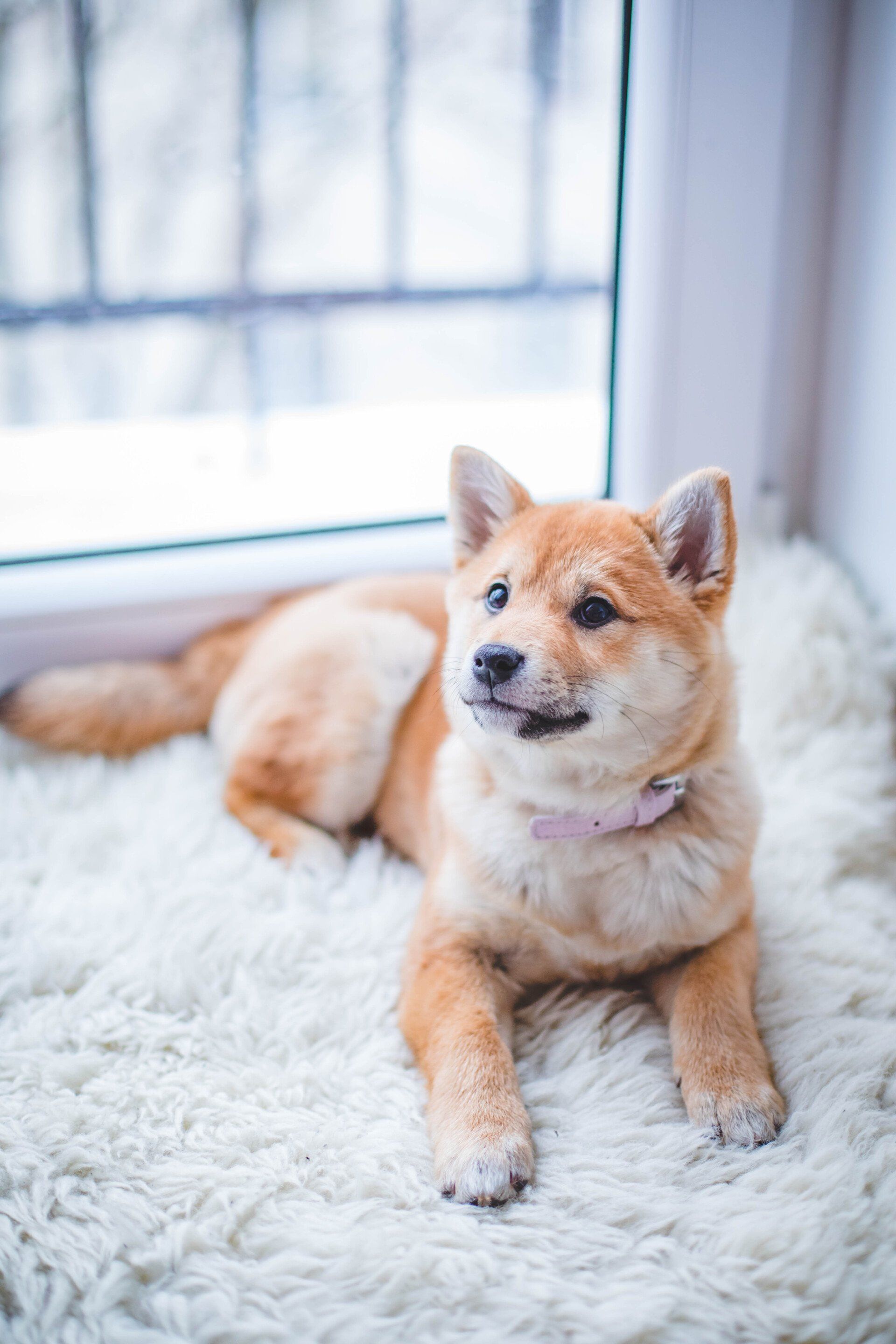On the Leash
Leashes: The Essential Tool for Dog Training
Leashes have such a long history that they have appeared in prehistoric carvings. Engravings found on sandstone cliffs in the Arabian Desert have been dated at over 8,000 years old. A hunter with a bow and arrow is depicted alongside thirteen dogs. Two of the dogs have leashes attached at their necks and secured to the hunter’s waist.
The discovery indicates that humans have been utilizing tools such as leashes to train dogs for over 80 centuries—thousands of years before historians and archaeologists previously theorized. Researchers believe that dogs have been intricately tied to human hunting for many thousands of years.
A leash is a tool that has been around for at least 8,000 years. Just like any more mundane tool, it can be used in a good way or a bad way. At Southern Warrior K9, I utilize the leash as an intricate part of training our dogs.
What do I want from a Leashed Dog?
The primary objective of the leash is to be used as a blocking agent to prevent the dog from getting into things it shouldn’t. The second objective of the leash teaches the dog to learn leash pressure, so that when it comes time to proof behaviors in distracting environments.
Usually over the first year of the dog’s life, I use the leash as a blocking agent when I’m raising a dog for sport. A leash prevents the dog from running out in traffic, climbing and jumping up on people, and getting away from me.
After I have taught desired behaviors through luring, shaping, marking correct moments, and lots of rewards for doing the right things, it becomes time to teach leash pressure. What is this? If I tie a leash around a dog and pull in a certain direction, there is a directional component to that. He can pull against it and resist, or he can move toward it.
Dogs posses a trait called oppositional reflex, so leash pressure is something that must be taught. They have to learn to yield to that pressure. Their initial reaction to the application of that is to pull against it.

This is what you do not want from a dog on a leash. Oppositional reflex.
Teaching leash pressure is about the dog learning to respond to signals. If the dog is in front of me and I pull him towards me, as soon as he takes a step toward me, the pressure on the leash automatically releases. The dog accomplishes this through its own actions. At that moment, I’m going to mark it—we train using markers—and I’m going to give the dog a reward for performing the desired behavior.
This teaches the dog the direction of the leash means yield and go in that direction. So, then if I want the dog to come toward me, I can pull back on the leash. Once I teach him to come toward me, I need to teach the dog to back up.
Usually, I will put the dog and myself up against the wall. When the dog is in a stand position, I’ll pull the leash straight back along its back. I’m waiting for the dog’s feet to take a step backward. Once that happens, I click and give him some food as a reward to reinforce the behavior. After the dog learns to come forward and go back, I can teach him to go sideways left and sideways right.
I can slightly pull up on the leash to help him go into a sit. I can also use slightly pulling down on the leash to put him in a down position. This is light prFrom there, you can go into off-leash or e-collar training. You would pair your leash pressure—once he is well-educated in this—with your e-collar on vibrate at whatever stim level works best for the dog. Then you can use your e-collar as your invisible leash later when the dog is far away from you.essure, using only my index finger and thumb on the leash.
What we have accomplished with this training—luring the dog into a down, sit, and directions—is that by using the leash, we have layered in an extra component to train the desired behaviors. As we have discussed in previous blogs, in order to facilitate training, you must control your dog’s environment.
From there, you can go into off-leash or e-collar training. You would pair your leash pressure—once he is well-educated in this—with your e-collar on vibrate at whatever stim level works best for the dog. Then you can use your e-collar as your invisible leash later when the dog is far away from you.

Leash trainging should start year one of a dog's life.
There are many benefits of the leash. I don’t know very many major population centers across the United States of America that do not have leash laws. If your dog is outside your fenced area, it needs to be leashed. Why not have a dog that understands the leash?
It doubles as a safety mechanism. It prevents accidents from happening. Like we discussed earlier, it is a blocking agent during the first year of the dog’s life. When on the leash during its first year, you’re controlling the dog’s environment—protecting it from harm because of undesirable behaviors—and blocking it from doing things it shouldn’t.
By keeping the leash attached to your belt loop—much like the cliff paintings of thousands of years ago—you control the environment and facilitate the training. This reinforces the desirable behavior.
We have a six-month old puppy in training right now. During the day, I get him out of the crate and let him go potty. I bring him in the house and tie his leash to my belt loop. When I’m walking through the house doing things, he will get a little piece of food as a reward for being good and walking next to me.
Should he decide to get into the trashcan, the leash can stop him or I’m there to pull him away instead, saying, “No. Don’t do that.” If he takes off after the cat, the end of the leash is going to keep him from getting hold of it.
Remember, the leash is a blocking mechanism in the first year of the dog’s life. After the first year, you should have completed all the foundational training. When you say sit, he sits. When you say down, he downs. When you say heel, he comes to the heel position. When the dog understands all those things, you pair your leash pressure with it.
The whole process moves fluidly. Training dogs isn’t just teaching them about behaviors. I can teach a dog to sit. A lot of people can get a toy or a treat out and use it to teach him to sit. But where training becomes vital is when there is something more important—to the dog’s instincts—in the environment than the treat held in your hand?
That is called competing motivators. When those come into the dog’s awareness, the dog may be wanting to get the ball behind him, but you want him to pay attention to you and sit. That’s where you have to teach him he must focus and sit. You tell him, “Sit.” If the dog doesn’t sit, you will use the leash to help him into the position.
We are already teaching the six-month-old puppy leash pressure. The first day on the leash, it tried to drag me, but I remained still. Every time, he tried to drag me, I became a statue. As soon as he looks and comes back to me, I say, “Oh, that’s a good boy.” Then we start walking again as I feed him.
Training started on Monday, and by Thursday, he would get close to the end of the leash before stopping and checking back with me. He already understood the boundary of the leash. He realized that pulling wasn’t getting him what he wanted.
Long or short leads
Long versus short leads depends entirely on what you are working on at that time. For example, if I want to work on recalls from a distance, I use a long lead. A recall is where you want to call your dog back to you from more than six feet—the length of a normal leash.
At that point, you want to have a real light lead of around twenty feet. This gives you a mechanism to enforce when you call the dog back to you. You do this because you don’t want to have the dog off leash and not have any means to make it happen. If you have your dog off leash and it ignores the recall command, you have no recourse. You will end up chasing him.
In that moment, the dog learns that he doesn’t have to come back to you unless you have something to make him. I use a long line when working on recalls from a distance if I can’t trust the dog to come back yet. At that point, I can apply a little tug, and usually, he’ll come right back. Or if he tries to run, I can step on it and catch him.
Different leashes mean different applications. Each leash should be used for the proper training purpose. No one should take their dog out in public with that dog dragging them, staying fifteen feet away from them, and jumping on or harassing other pedestrians.
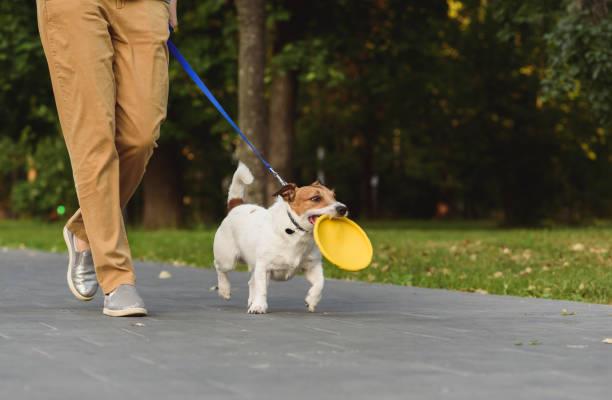
Dogs should have leash training for public situations where they interact with strangers and other dogs to control the environment.
Using a leash to manage behavior
If you can’t control your dog, you shouldn’t take him out in public. This should be a matter of common sense. You certainly shouldn’t take your dog out in public off leash if it can’t be controlled. You need to have 110% control of it. Controlling its environment and having control of the dog, either through leash pressure or commands, protects him and others from harm.
I have seen people walking a dog, and a dog off leash comes running up to it. The owner of the off-leash dog does not have good recall command, and the other owners ask the person to get the dog. The owner of the off-leash dog has said, “Oh, he’s friendly.” But the dog on the leash may not be. Keeping your dog safe should be a high priority for any dog owner.
This is where training your dog on recall with a long lead comes in handy. The owner of the off-leash dog is allowing her dog to get into a situation where it could get injured. The other dog may learn that it can beat up on other dogs. Neither of these are desired outcomes. Before taking your dog out in public, it must be trained on the leash and have good recall.

Having good leash training goes a long way in keeping your dog out of harm.
When you have your dog in public on a leash, it is good management to have him sit whenever someone comes up to you. Many people do not understand the importance of managing the dog’s behavior in public. While they are out walking their dog, they may see their neighbor and start talking. Without proper training, the dog may jump on the other person or run circles around everyone, getting everyone tangled up in the leash.
You can’t check out with your dog. It’s not a bag. A dog is a living, breathing creature you need to communicate with. You can’t leave it there while you are talking to your neighbor to make its own decisions. It needs direction.
When your neighbor comes up to talk to you during your walk, what do you do to keep your dog from jumping up on her? You make him sit. A simple and courteous thing to do. But not everyone trains their dogs to do that.
There are two types of dog owners out there. Proactive owners avoid issues stemming from undesirable behaviors in their dogs by engaging in proper training, management, and communication. Reactive owners, due to shortened foresight, are left trying to fix issues after they have become learned behaviors for their dogs. Many people are reactive because they simply do not know any better and have not discovered the more enjoyable and rewarding world of dog ownership through training.
Leash training for a puppy vs. an adult dog vs. an older dog
If you apply pressure to soon or too early to a dog whose never been on the leash before, then he will most likely have an adverse reaction. It can lead to leash reactivity, which can look like the dog being super nervous and shutting down or the dog being aggressive. When training a young puppy, I am not going to bring attention to the leash. This is life. It is only going on the dog to prevent it from getting hurt.
Then after the year with the puppy on the leash training, you start teaching the leash pressure skills, layering it in with all the other learned behaviors. That is the fair way to do it.
If you get a dog that is seven years old, has lived on a farm its whole life, and has never had a leash on, you’re going to have problems when you start using one. There is no getting around the fact it will be hard.
It is no different than if you had a dog that was never trained to do anything until it was seven years old with all the associated bad habits that would have developed, and now, you’re trying to fix those bad habits. Seven years of rehearsing bad habits will take a very long time to extinguish them. If you start early and control its environment, providing lots of structure and a good learning environment for the animal, you’re going to end up with a nice, well-balanced, well-mannered, and well-behaved dog in the end.
With years of learned bad behaviors, I generally do not take on older dogs for training because it is not fair to the dog. A dog that has had some behavioral training can be trained on the leash by layering it on with what it has already learned.
The leash is just a necessary tool. Even force-free trainers use leashes. Purely-positive trainers also use leashes because they understand we have to sometimes stop dogs from engaging in behaviors that can result in serious injury.
If you have a dog, you must have a leash. There is no way around it. It is a tool with which you’re going to need to facilitate the training. It is a vital piece of equipment the dog is going to need its entire life. It never goes away.
Of course, there are times you don’t need a leash, especially if the dog is well trained and has a consistent recall. But you are always at some point going to need to use it again. If you take your dog out in public among strangers, it has to be leashed.
When I want to spend the day at the lake, I may not put a leash on my dog to walk him from the yard to the truck. But when we are going from the truck to the boat, he needs to be on a leash. If I want to take my dog hiking, especially if it is a heavy-use trail, my dog needs to be on a leash.
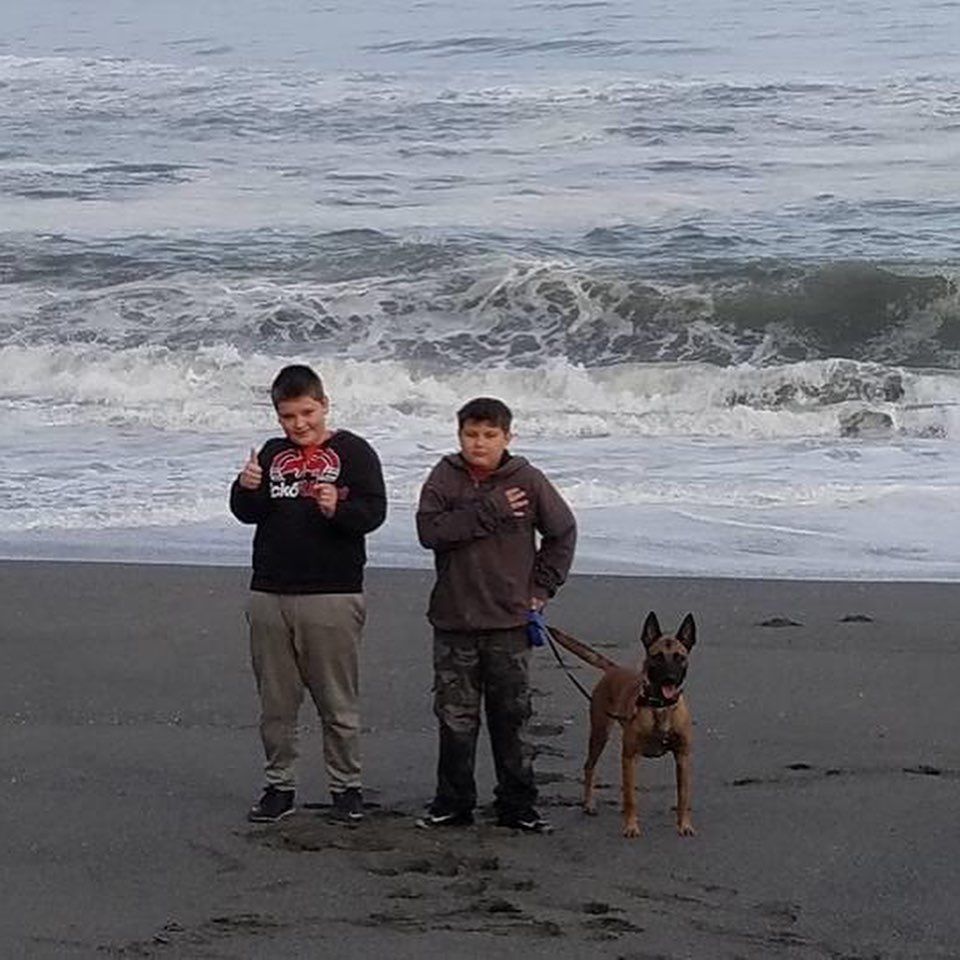
Even on a remote beach, effective leash training is going to keep your dog out of trouble.
However, if you’re out in the middle of nowhere, maybe your dog doesn’t need a leash. Perhaps it is best in those situations to use an invisible leash. The last thing you want is for a deer to hop across the trail and your dog give chase.
I mention that because it happened to me personally while hiking in New Mexico. My wife and I were walking a little trail down from our cabin in the mountains. A deer popped up out of nowhere and took off. There was nobody around us. I had an e-collar on my dog, but if I hadn’t, he would have been gone.
In his mind, he was hunting after the prey. The predatory sequence had begun. He wanted to track it, kill it, and eat it. When that happened, he had tunnel vision. In those situations, the dog is not going to hear you shout. But if I give him a buzz on the collar in coordination with a recall command, it interrupts that behavior pattern, and gets him to come back to me.
I thought I had lost my dog. It took about three and a half seconds to get the remote out of my pocket and hit the button. During that time, he had gotten completely out of site. If I hadn’t trained him on an e-collar, he would have been on a long lead so he could be free to run around and explore his surroundings. With the long lead, I have a handle to grab in case he tries to take off.

There will be times when a long lead, like on a hike or long trip, gives your dog freedom to explore.
Leashes can be used for all dog breeds
There is not one breed of dog that does poorly with a leash. It all comes down to how it’s taught, how it’s introduced, and how it’s used. I can take a dog with a leash and allow bad behaviors to happen and be unfair and unclear, causing reactivity and aggression issues because of the way I use the leash. That puts the onus for the dog’s undesirable behavior on me and my training method. Not on the dog himself.
If I’m always fair and clear in my training, I don’t have to worry about those issues. It has nothing to do with breeds and only in how it is applied. It is no different than any other tool.
Should I have a dog that is extremely hyper, it may take that dog a little longer to understand that there is a boundary at the end of the leash before he stops. It may take them longer to realize pulling on the leash doesn’t get them where they want to go.
There are scenarios where I do want the dog to pull on the leash. This is especially applicable in working with protection dogs. If I have a dog tracking down a guy hiding in the woods, I don’t want him running loosely beside me. I want him out in front, dragging me to wherever this guy is hiding. The dogs need to understand contextually when its good for the leash to be tight and when it’s not.
In the end, it comes down to the application and implementation of the leash in training. If I have a dog that is active and bouncing around a lot, it is going to take more skill on my part to keep that leash from getting tangled up around me and the dog. Other than that, it is all the same regardless of the breed of the dog.
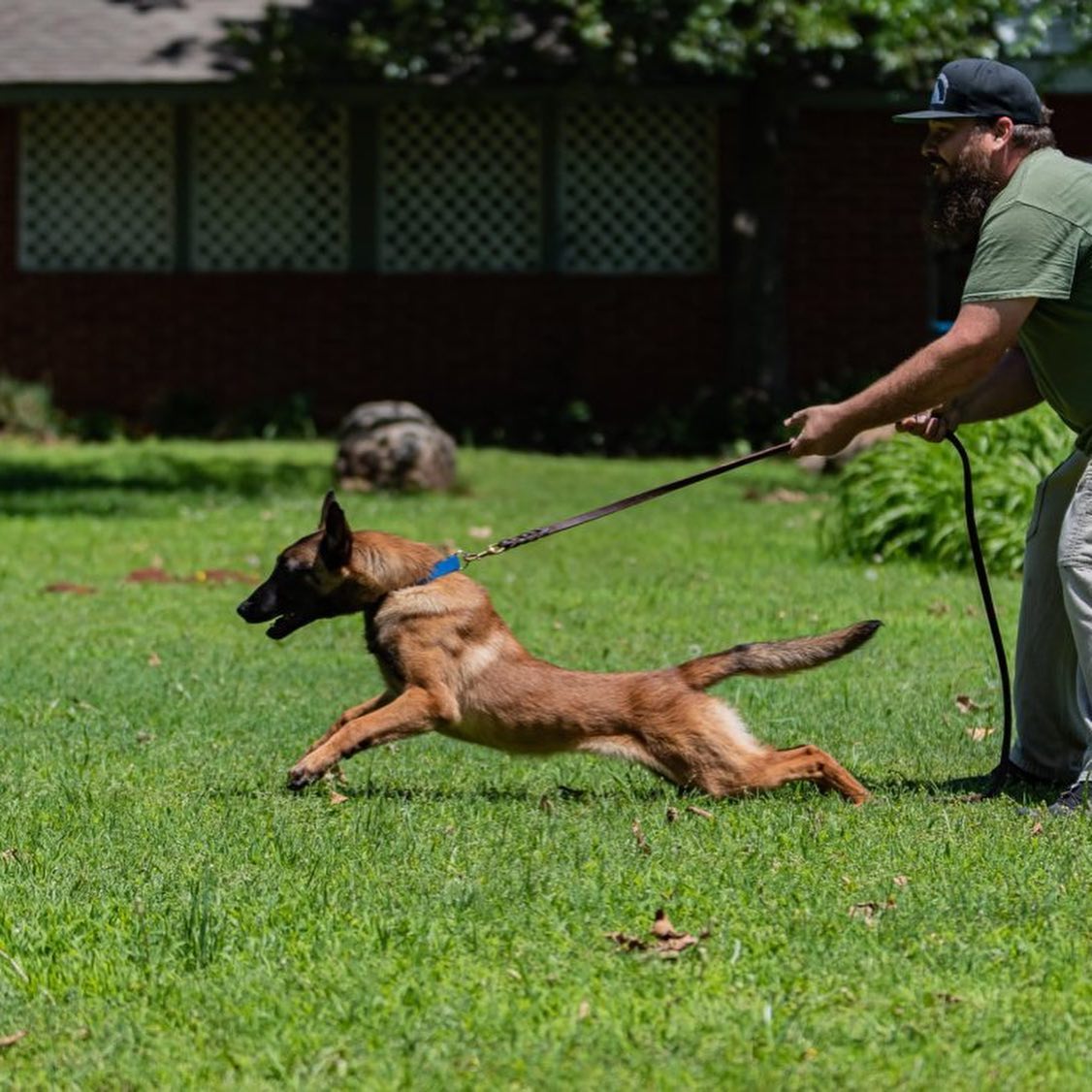
In some situations with protection training, dogs will need to pull at the leash, but they will know when and where.
Wrap up
Regardless of any person’s training style, leashes are a necessary tool. Some may say it is a necessary evil, while others are going to say it is a needed and vital tool. Remember, the leash has been in practice for over 8,000 years.
No matter the method that you use to train your dog, leashes are essential to proof behaviors through training. If someone gave me a toolbox and said I could only put one or two things in there to use in training my dogs, a leash and a collar are going to be in there.
Request a Phone Call from a Dog Trainer
We'll be in touch as soon as possible.
Dog Training Inquiry
Thank you for contacting Southern Warrior K9. We will get back to you as soon as possible
Oops, there was an error sending your message. Please try again, or email us directly at SouthernWarriorK9@gmail.com.
Contact Information:
Phone: (405) 326-0055
Email: SouthernWarriorK9@gmail.com
Address: 10451 OK-9, Norman, OK 73026
Disclosures
* Southern Warrior K9, LLC, and its training programs are not affiliated, sponsored, endorsed, approved, or associated with the American Kennel Club or the AKC Canine Good Citizen testing program. For more information about the AKC Canine Good Citizen testing program, please see https://www.akc.org/products-services/training-programs/canine-good-citizen/
** Nothing on this website should be considered legal advice. If you have legal questions about whether your dog qualifies for protected legal status as a service dog, please consult an attorney.
All Rights Reserved | Southern Warrior K-9, LLC.
